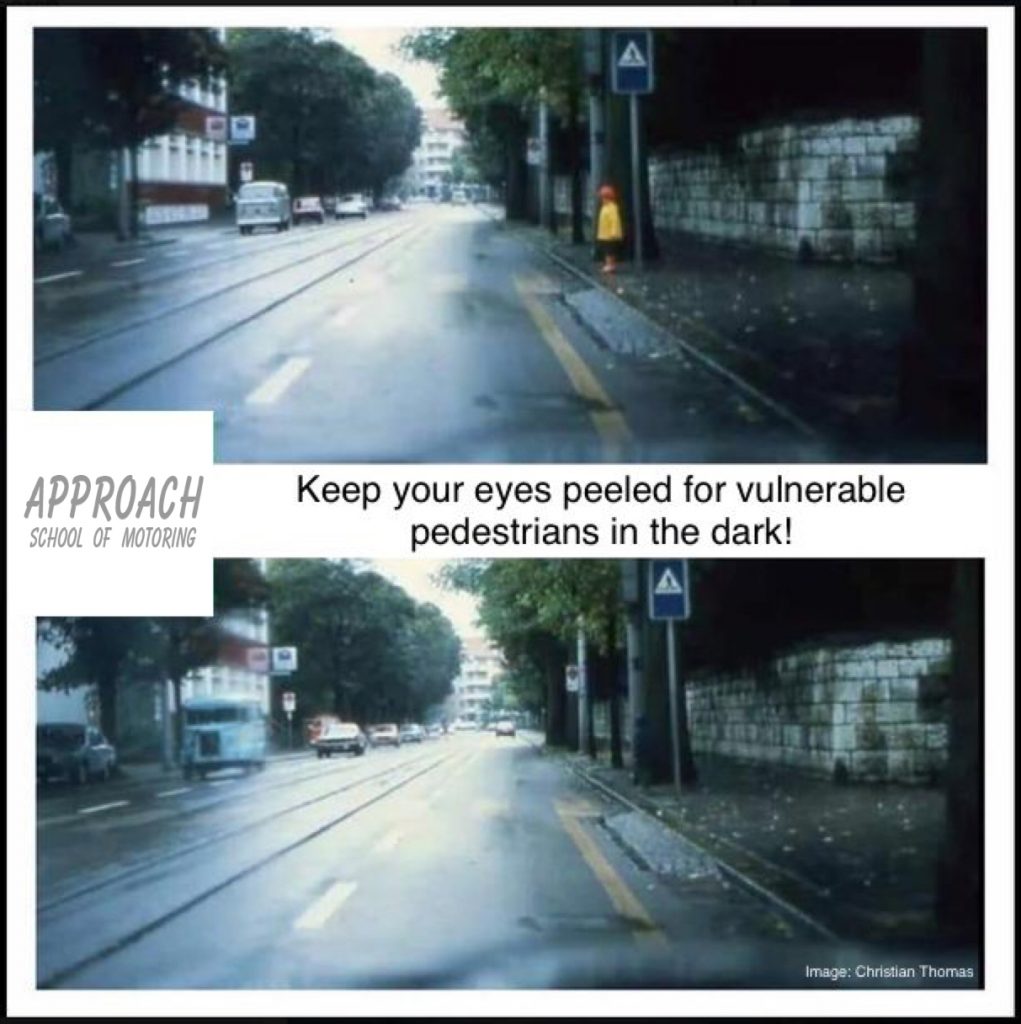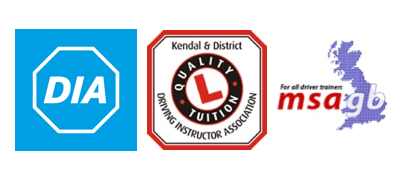
Shorter days and longer nights mean you just can’t see as far ahead when you’re out and about in the gloom. And you’ll be driving in darkness if you work regular office hours or you’re practising your driving after school/college.
During the period of shorter daylight hours (October to March) there are more incidents involving pedestrians and vulnerable road users than during other months.
With the most incidents being between 3pm and 7pm we need to keep our eyes peeled for our vulnerable pedestrians in the dark.
Keep an eye on your speed, remember you are twice as likely to kill a pedestrian driving at 35 as you are if driving at 30mph. Be especially aware near schools, the only predictable thing about children is how unpredictable they can be.
Children can be harder to see and may run out between parked vehicles, remember to ‘LOOK OUT’ (over, under and through) vehicles, you might just spot someone before they step out.
When it’s raining and blowing a gale pedestrians are more likely to dash about and road safety often falls lower on their list of priorities than trying to keep dry.
Headlights are an essential part of your ability to see and be seen. Don’t be afraid to put them on at dusk, especially if your vehicle isn’t a very bright colour and may be less easy to distinguish in the half-light.
This picture shows 3 cars, the same road, around the same time and in the same conditions.

Image: Facebook
The first car has it’s dipped beam headlights on, the second has it’s auxiliary lights (side lights) on, and the third has no lights on. You can see the difference in visibility. Let others see you. #BeSafeBeSeen




